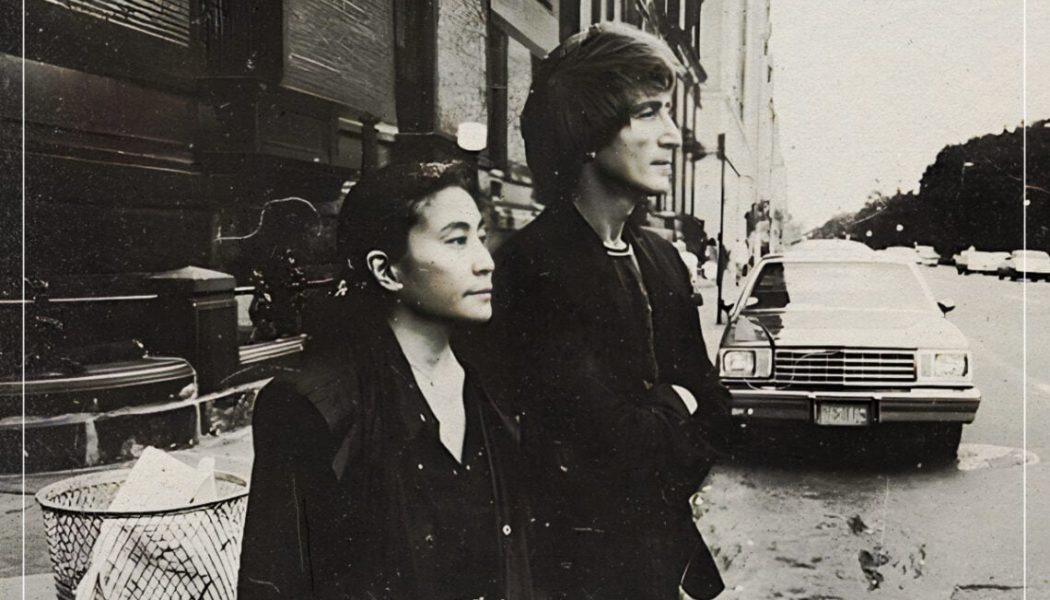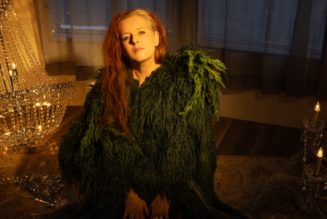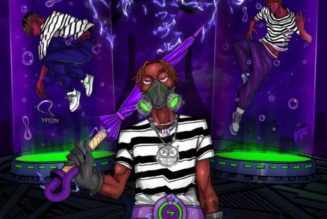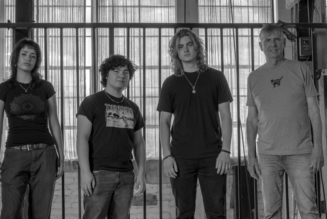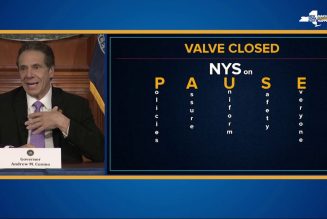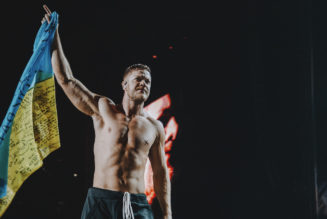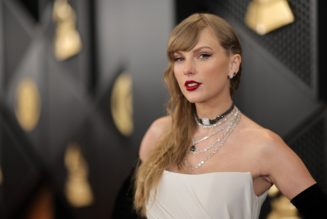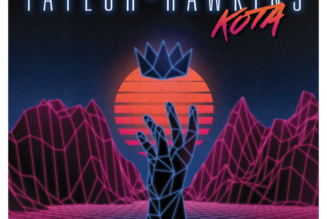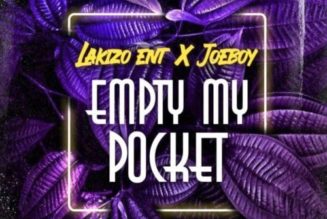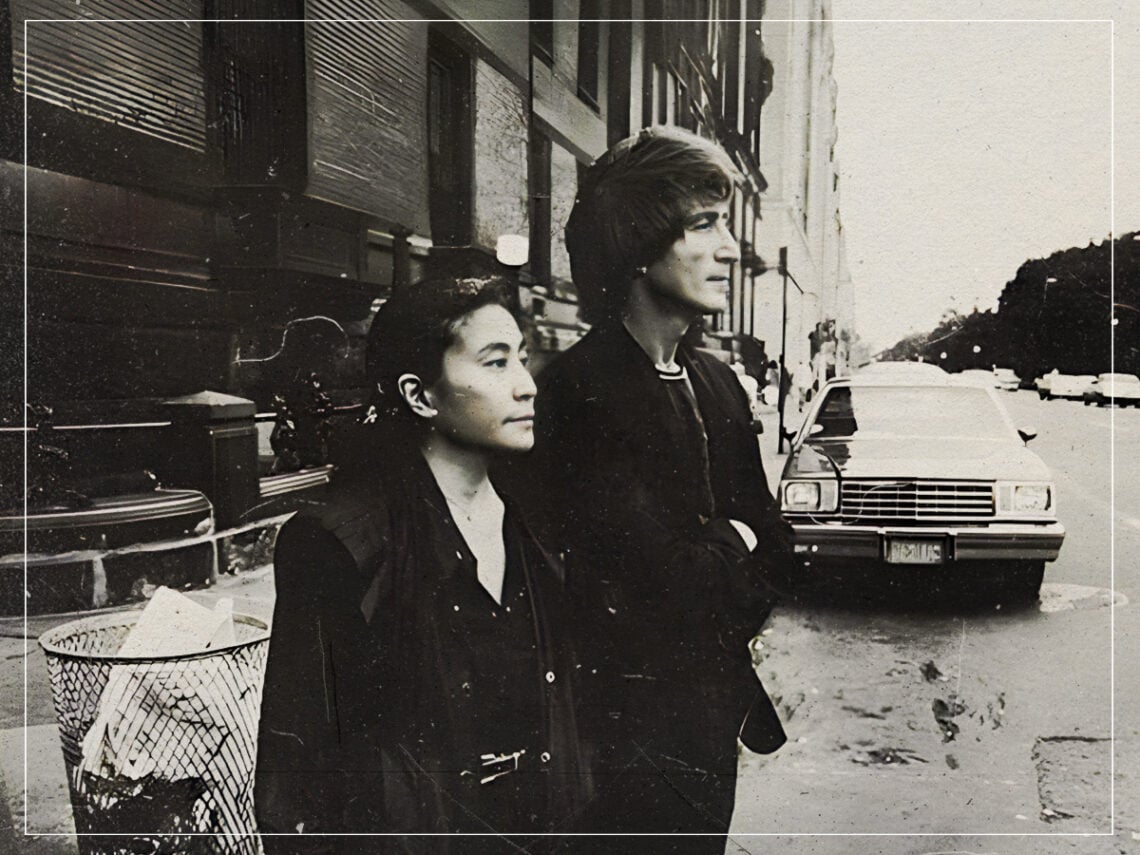
(Credits: Far Out / Universal Music Group)
The Beatles had always prided themselves on being slightly ahead of their time every time they ventured into the studio. For all of the great music that they could deliver to fans onstage, it was always about bringing whatever new artistic endeavour they could into their albums, ushering in the world of psychedelia with albums like Revolver and moving into near-operatic territory on the album Abbey Road. While the work of John Lennon and Paul McCartney may have resulted in pieces of sonic art, they could work their magic just as well when they got behind the camera.
From their first performance on The Ed Sullivan Show, the band were heralded as one of the most important rock and roll bands in the world, featuring every member with their distinct personality whenever they played. By the time the group was becoming too big to book for television appearances, the group would make promotional films instead, making way for the very first music videos for songs like ‘Paperback Writer’ and ‘Rain’.
Even though the group would dare to make even more artistic films for the movie Magical Mystery Tour, all of their goodwill came crashing down following the release of The White Album. Being neck-deep in management issues and drifting apart creatively, the band elected to cut things off by the end of 1969, with Lennon moving on to a massive solo career.
Although Lennon was known to do little press for albums like Plastic Ono Band, he would eventually become a central public figure during his campaigns for peace movements. Once his political manifestos on Some Time In New York City fell on deaf ears, though, Lennon retreated from the public eye, only venturing out with The Hollywood Vampires amid his “lost weekend” in the mid-1970s.
By the time Lennon took a break to raise his son, Sean, he had become a new man when returning to music. Taking the genesis of songs he had worked on during a trip to Bermuda, Lennon created the basis for his comeback album Double Fantasy, featuring a handful of promotional videos for songs like ‘Woman’ and ‘Watching the Wheels’.
Although much of the footage was comprised of Lennon and Yoko Ono walking through the New York streets, one video for the Ono-penned song ‘I’m Moving On’ was grounded to a halt. Meant to capture the feel of Lennon and Ono performing the song in a studio setting, director Jay Dubin remembered stopping by to get some footage before having to store everything away following Lennon’s death.
As Dubin recalled to Songfacts later, “It never got released. He died. I got a lift back from John in the limo, and he dropped me off. My fiancée, my wife now of many years, we’re sitting there waiting for a table, and boom, John Lennon’s shot. I said, ‘I was just with him.’ Simple as that”.
While Ono would carry on after Lennon’s death by making the companion album Milk and Honey, any footage of the former Beatle was unused from previous videos like ‘Nobody Told Me’. Even though this period marked Lennon’s spark of creativity at the time of his passing, it’s anyone’s guess whether those images will ever see the light of day.
